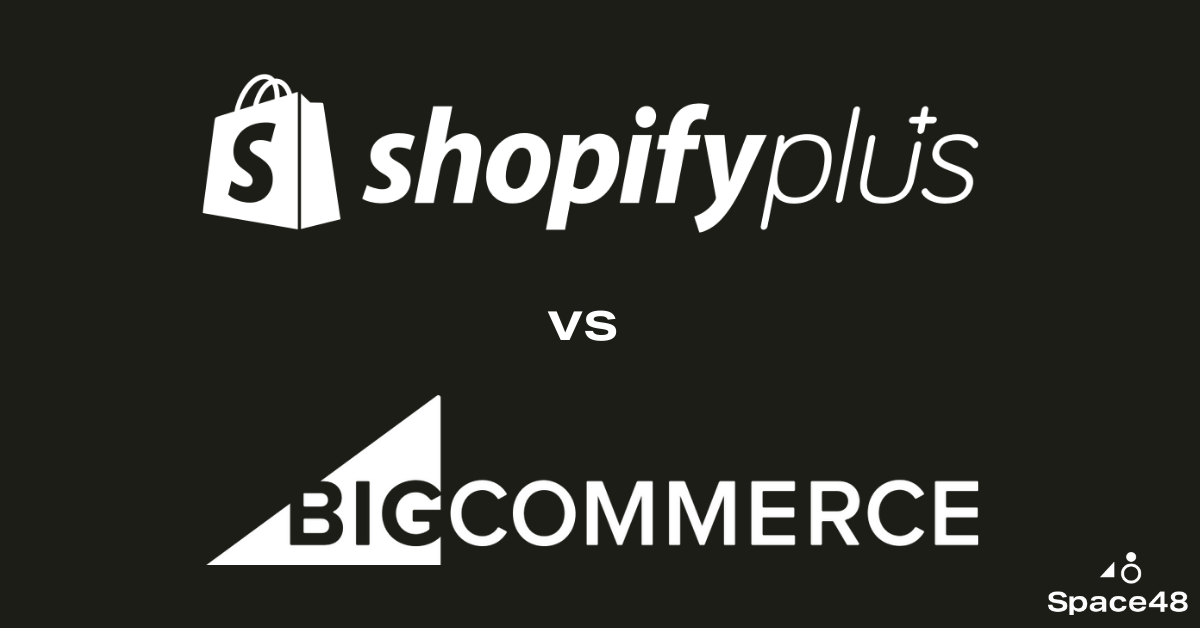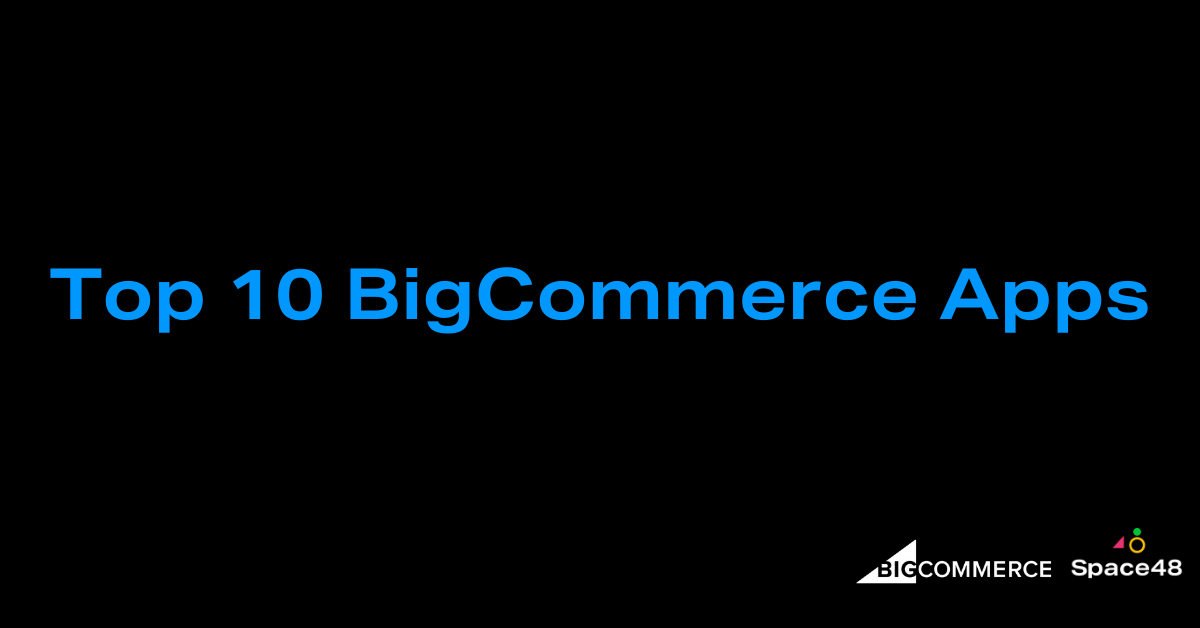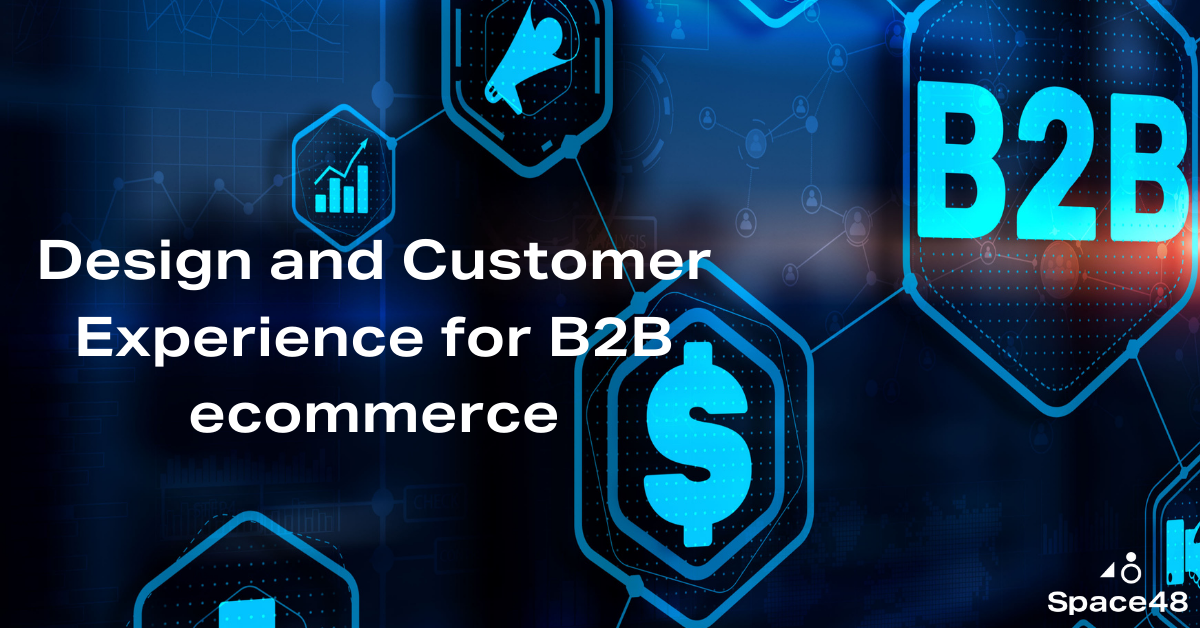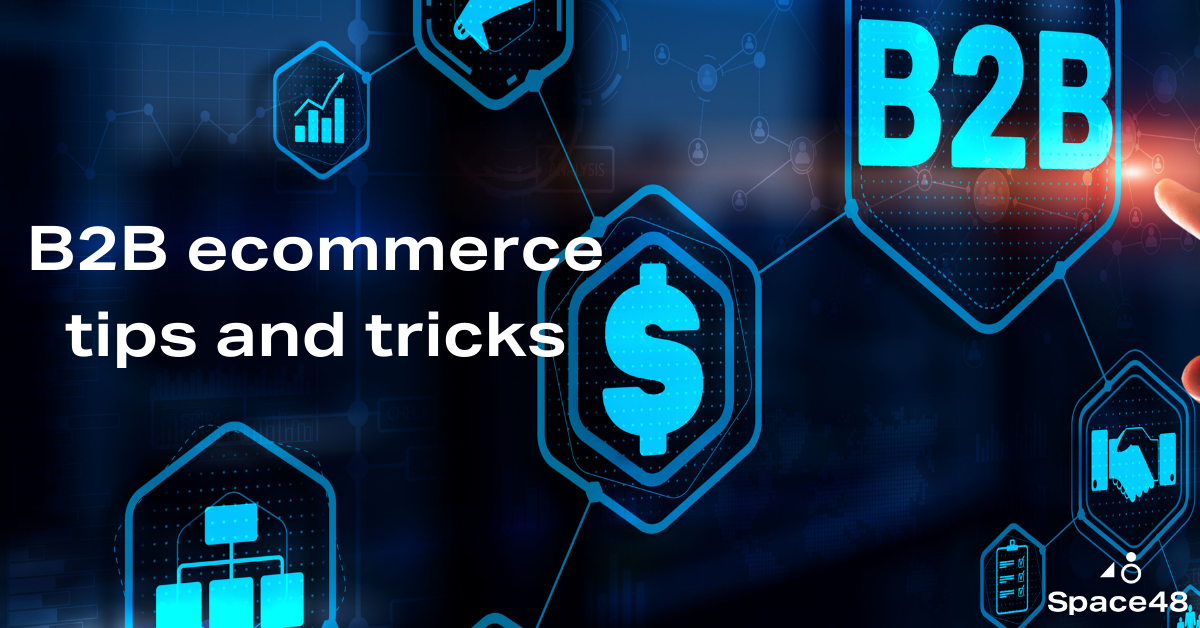
How to reduce checkout abandonment
Experiencing too many abandoned checkouts?
Checkout Abandonment. These two words are up there with some of the most frustrating elements of running an eCommerce store.
After all, your customer has gone through the effort of browsing your products, adding ones they like to the cart and has then selected the big shiny button which says “Proceed to Checkout”.
So why are these users going through all this effort to leave before buying?
The most common reason is they were never planning on buying in the first place – they were simply there to browse. They wanted to look at the price and consider their options. Just like you browse when you walk into a clothes shop. We’ve all been there.
However, some of those users really did intend to buy. For some reason they were put off by something unexpected, became frustrated or confused with the process, were sidelined by something distracting or simply didn’t trust your site was safe.
We are going to cover what we can do to speed up the checkout process, reduce frustration or confusion. We will also look at how we can avoid distractions and keep the users focused on completing the checkout process and what we can do for those few who still abandon the checkout.
The areas covered are as follows:
- Address Automation (Postcode Anywhere)
- Simplify Stage 1 of the Magento Enterprise One Page Checkout
- Remove Forced Registration
- Ensure form fields are of relative size to the information being requested
- Tab Order
- Ensure the customer is aware of postage costs
- Remove Distraction
- Enforce Security
- Display Useful Contact Information
- Remove any redundant fields
- Remove Any Special Capitalisation Requirements
- Alternative Payment Methods
- Clearer Calls to Action
- Improve the Order Confirmation Page
- Checkout Steps
- What Can We Do If Users Still Abandon The Checkout?
But firstly, what is your current checkout abandonment rate?
In order to record this, you need to create a “Goal*” in your Google Analytics account.
You can do this by following the below options:
- Login to Google Analytics
- Select “admin”
- Under “View” select “Goals”
- Select “New Goal”
- In the Destination field enter the URL for your Order Confirmation page. For Magento this is usually /checkout/onepage/success/
- Change “Funnel” to “On”
- For Step 1 enter the URL for your Cart/Basket page. Again for Magento this is usually /checkout/cart/
- “Add Another Step” and for this additional step add the URL for your Checkout Process Page which is generally /checkout/onepage/ for Magento users
- Save Goal
*You will not see any results of your goal for 24 hours.
When your Goal has been recording for longer than 24 hours you can view the results in Google Analytics under Conversions > Goals > Overview.
The goal you have created will record both your Checkout abandonment rate and your Cart/Basket Abandonment.
Address automation (postcode anywhere)
What does it do?
Postcode Anywhere Capture + assists users in entering their billing or delivery address details more quickly by Auto-Suggesting the address they are looking for as they type. When the user selects their address the software automatically populates the fields for the user so they can continue with the remainder of the checkout process.
How can it help?
Postcode Anywhere Capture + can help to reduce cart abandonment by making the checkout process quicker to complete therefore reducing the time it takes the user to complete the checkout and reducing the time it gives the user to change their mind about completing the transaction.
With the likes of Reiss, Hotel Chocolat and The Fragrance Shop providing glowing recommendations on how Postcode Anywhere helped reduce their abandonment rates and with a reasonable price structure; this is a third party application which is hard to ignore.
How much does it cost?
You can also give Postcode Anywhere a call for larger volume deals.
Simplify stage 1 of the Magento Enterprise one page checkout
Stage 1 of the Magento Checkout is good in the sense it allows users to choose the path in which they want to checkout.
Here the user has three options to choose from before continuing:
- Login
- Checkout as Guest
- Register
The Login process is as simple as it ought to be, however the options to Checkout as Guest and Register require one click (decision) too many. Checkout as Guest and Register are best practices however we can offer the user to Register/Create an Account after they have completed the all-important transaction. As by then the user has already entered all the details you will need to set them up with an account.
All they need to do now is provide and confirm a password for their account and they are done. Under the “Improve Order Confirmation Page” section, I will explain this further.
We feel to improve Stage 1 of the checkout the layout should be as follows:
As you can see we have kept the standard Magento ‘Returning Customer’ fields as they were but have played with the wording and increased the size of the Call-To-Action (CTA).
The more noticeable improvement we have made are to the ‘New Customer’ section where we have removed ‘Checkout as Guest’ and ‘Register’ and replaced those options with a large ‘Continue’ CTA and have provided the user with information to let them know they can create an account later in the checkout.
Remove forced registration
A survey conducted by Econsultancy found 26% of 2,000 people abandoned the checkout because they were being forced to register. Forcing users to register removes the user’s freedom of choice especially when it is not clearly explained why or what the benefits of them registering to your website are.
This lack of choice/information causes a negative (Snap Judgement) reaction and that reaction is to leave without buying your product.
There are limited reasons why you should force your users to register and whatever your reason for doing this might be there are most likely alternative, less intrusive ways for you to achieve the same outcome.
Tab order
Again there are no statistics I can provide on this subject as it is mostly a user experience improvement. Arguably though, the better experience a user is receiving the more likely they are to convert.
More seasoned computer users know they can sometimes fill out a form more quickly if they can fill in a field and then press Tab to move on to the next field without having to move their mouse cursor. However a frustration for experienced users can occur when the Tab Order of a form has not been developed correctly.
For example if I’m filling in a form and I’m on a field called “Address Line 1” unless indicated otherwise common sense tells me when I select the Tab button I would expect to move down to “Address Line 2”. I would not expect to jump to inputting my telephone number.
So check your tab order is correct by selecting your first field and pressing tab until you reach the bottom of the form. If it does not cascade in any logical order, look into getting this corrected.
Ensure the customer is aware of postage costs
This is a big turn off for a large number of users. 74% (1,480) of the 2,000 people studied by Econsultancy suggested they would abandon the checkout if they were met with high delivery charges which were not made clear to them earlier in their user journey.
Remind your users of delivery charges as frequently as possible throughout the site. The notices do not need to be as in your face as a fly during a bike ride. Subtle banners or easy to notice messages throughout the site will help avoid users from being surprised by postage costs.
Magento Enterprise by default comes with a VAT & Delivery Calculator on the Basket Page. We find by having this activated the user can work out delivery costs before they move on to the checkout process, helping them avoid any nasty surprises.
Links to information on your delivery rates should also be clearly labelled on your product and basket pages as well as being available through your site in the Global Footer.
Remove distraction
Strip back and enclose your checkout so the users focus is on completing the checkout process. By this I mean remove any links or text which are not relevant to finishing the task at hand. Take Naylors Equestrian’ checkout for example:

Here you see there are no calls to action which are not related to completing the checkout. All Navigation on the site has been removed along with any distracting images or text other than the Store Logo which is there to retain familiarity and security.
Enforce security
Using figures posted by Econsultancy, 58% of people surveyed suggested they would abandon checkout if they did not think the digital environment looked secure.
There are a number of relatively small changes which can added to your checkout process to reassure users your site is secure such as:
- Displaying the logo of the company providing your SSL certificate
- Displaying lock graphics or recognised payment method logos
- Providing links to your data/privacy policies
- Purchasing an Extended Validation certificate which displays a green ‚Äòlock’ next to your URL
It also pays to have a more recognised SSL provider such as Thawte or Symantec (Norton) as these brands are more well-known, recognisable and therefore more trusted to users. They are more expensive than cheaper alternatives, however we believe they will in turn pay for themselves.
Display useful contact information
Not all users are as familiar with website checkout processes as you are. So provide a contact number for users to call you in case they have trouble or any questions about your checkout process. After all, 33% of 2,000 users surveyed by Econsultancy suggested they would leave the checkout due to insufficient contact information.
Remove any redundant fields
This is more of a common sense amendment to your checkout. Removing any fields which you don’t need the user to complete in order to complete an order can help de-clutter the checkout and seem less daunting to users.
As an example, if you are a B2C business there are not many reasons for you to ask for a fax number.
Remove any special capitalisation requirements
The checkout process is supposed to be as quick and pain free as possible as we do not want to give visitors any excuses for leaving whatsoever. So if you have any special requirements such as the Postcode needs to all be in capitals, remove them. If you need the Postcode to be in capitals for a specific reason, do this for your users automatically using some clever coding.
Alternative payment methods
Providing alternative payment methods is a must in Ecommerce as there are multiple payment options which users are quickly adapting to. With over 20 million accounts in the UK alone and 140 million worldwide PayPal is a must have payment method. Google Wallet is growing quickly in popularity and with Google rolling out the ability for its 450 million Gmail users to transfer money to one another at the click of a button; Google could potentially begin to dwarf PayPal. Other popular payment methods are Skrill, WePay, Intuit and 2Checkout.
Clearer calls to action
Clear CTA’s are needed not just on the checkout but across the entirety of your website. Explanatory Calls to Action provide the user with information on what will happen when they select a button on your site. As an example, if the button on your product page which adds the product to the basket is simply labelled ‚ÄúAdd‚Äù the user may have an inkling of what will happen when selected. Why not squash that doubt by labelling the button ‚ÄúAdd to Basket‚Äù. This way by using two more words the user knows exactly what will happen.
Essentially take away any thinking the user needs to do by telling them what will happen before they make an action.
Improve the order confirmation page
I talked earlier about improving the Order Confirmation page. Usually such pages simply say something along the lines of “Thanks for your purchase, you will receive an email shortly, here is your order confirmation number”.
This user has just bought product(s) from you and contributed to the future of your business, surely the least we can do is supply them with a more seemingly personal thank you by pulling through some of their details such as their name and email and like with our CTA’s explain to them what will happen next.
Also now they have gone through the trouble of entering all the details we need to set them up with an account. Now is the perfect time to ask them to choose a password to create an account and inform them the benefits of having an account.
As you can see from the below image we have pulled all this together to create a pleasant and informative Order Confirmation page:

Checkout steps
Another way to assist users with the checkout process is to provide them with information on where they have been and how much longer they have to go before the process has finished. You can do this by using checkout steps.
An example from Better Bathrooms website below clearly shows the user where they have been, where they are and how many more steps they need to go through before the checkout process has finished.

Kudos to Better Bathrooms for isolating the checkout and there emphasis on security and clarity on payment methods.
What can we do if users still abandon the checkout?
Let’s face it, you are never going to achieve a 100% success rate but hopefully after implementing some of the changes above your checkout abandonment rate will decrease.
For those users which have abandoned your checkout; not all is lost. Google Remarketing offers you a solution to show Ads to these users as they go about browsing other websites which are part of Google’s Display Network.
These ads will remind users of the products you sell in order to entice them back. It is estimated 20% of users who abandon cart return to purchase after retargeting and those users who do return often spend 55% more than those who did not abandon cart.
Also for those users who logged in and abandoned checkout, Magento Enterprise has a great feature whereby the system stores users baskets. This enables you to target those users and remind them of their abandonment in order to entice them back. Sometimes you can also throw in a discount if they return the purchase within a couple of days.
Although Magento’s default email plugin is useful, in our own experience using third party software such as Bronto or Dotmailer achieves better returns through the use of data segmentation.
For more information in the meantime on retargeting, cart abandonment and data segmentation and how we can help, please contact Oliver Lees, Space 48’s digital marketing manager on 0161 710 3740.





